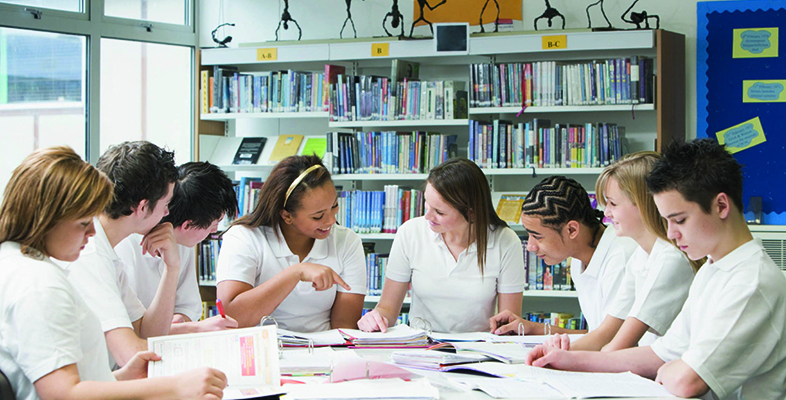3.1 Active learning
The notion of ‘active learning’ supports Dewey’s conception of knowledge and ‘experiential learning’, challenging the idea that learners will simply absorb knowledge transmitted by teachers. It is closely linked to constructivist theories of learning and the idea that students learn by actively engaging with the world. Depending on how old you are, and on your own educational experiences, you might not have experienced active learning when you were at school, which makes learning to teach in this way more challenging.
Learning through active participation always involves learners being cognitively active – engaging their minds in their learning. It might also involve an actual physical action (such as making a poster, building a model or doing an experiment) but will always involve cognitive action – ‘minds on’ as well as ‘hands on’. Just listening to a lecture is insufficient; understanding is actively constructed by the learner through thinking about the new material, processing information and making connections with previous learning or established ideas.
Reflection point
Think about a lesson you taught or observed recently. What did you/the teacher do to ensure the students were actively engaged in learning?
